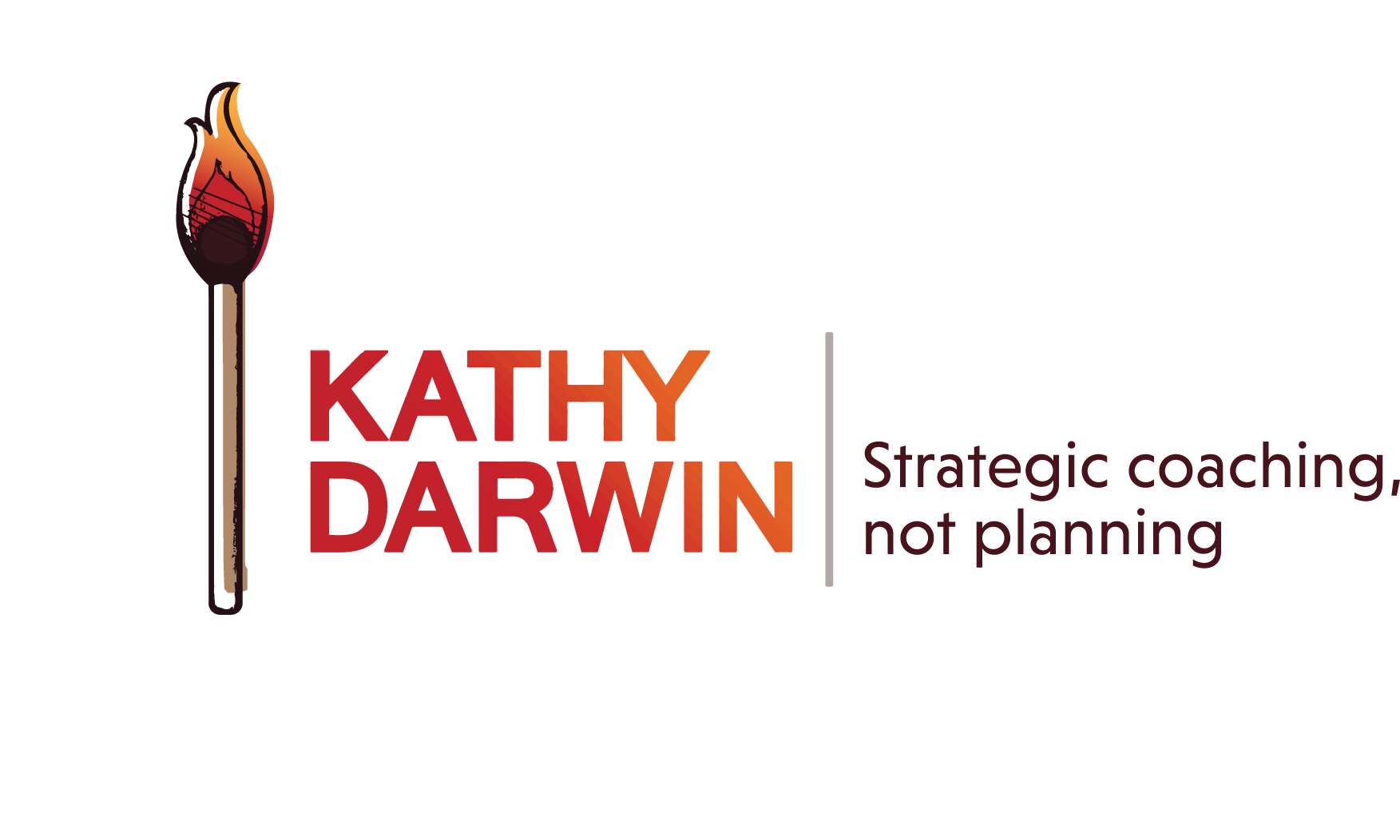“Time to Invite FinTechs to the Table?”
CUToday’s Ray Birch Interviews Kathy Darwin on her Planning Process
By Ray Birch, CUToday
PHOENIX—Strategic planning sessions can be made far more productive when the credit union invites a “disruptor” to the meetings, one person insists.
Strategic planning expert Kathy Darwin, head of Kathy Darwin Executive Coaching & Business Strategy, said that means actually inviting a local fintech executive to the meeting, or at minimum taking another step that involves putting a chair to work.
“Disruptors bring an innovative approach to a business model. They usually do one thing and they do it very well,” said Darwin. “Invite them into your planning process and you will see how you’re thinking changes.”
But Darwin, who runs strategic planning sessions with credit unions, says few credit unions have been willing to take that approach. Instead, Darwin places a chair in the meeting room that bears the name of a fintech that’s having an impact on a key part of the CU’s business or presents a serious threat.
As an example, Darwin said, “I actually put a nameplate on a chair and say we have just invited Apple into the room.”
If the credit union does not have a representative from a fintech who will openly challenge its existing processes and ideas, the CU should at the very least have a disruptor present who “figuratively” changes the conversation of the planning session, she said.
An Expanded View
“You will not just be looking at your current processes, products, and goals, you will look closely at how this disruptor has mastered their innovation, how they have mastered their particular market niche, and how they are doing it well, because they typically are doing things very well,” she said.
Darwin used the example of having Ally Bank in the meeting.
“They have been doing online banking very well for a long time,” Darwin said. “So, in the session if you are talking about online banking and doing it better, you won’t be reinventing the wheel. You’ll look at how Ally Bank has been doing online banking and asking yourself how does that apply to where I want to be in the future. If Ally is already making a good living at this, why not learn from them?”
Darwin stressed that too often in planning sessions CUs believe they must develop their own, original ideas.
A Best Practice
“Inviting a disruptor into the room allows for a best practice to already be there,” she said.
Darwin, who closely studies the disruptor to be brought into the room, plays the role of the fintech executive in the meeting to challenge the credit union’s executives.
“It just expands the thinking in the meeting,” she said.
Another key, according to Darwin, is to understand that planning sessions aren’t just about new products.
“It’s more about delivery,” said Darwin. “Disruptors are generally not bringing new products to the market; they are taking existing products and doing a better job around delivery and service. These disruptors are delivering products in a different format, either using technology or marketing schemes, big data…”
What One Organization Did
Darwin said she recently conducted a strategic planning session for a large non-profit that invited outside perspectives.
“The non-profit invited two of their local competitors, both disruptors,” Darwin explained. “These two competitors, both small non-profits, had keyed in on a particular element of what the large non-profit does and are doing things better. It was a very interesting and engaging session in which the non-profit learned a lot.”
Darwin said that not only did the large non-profit learn from the disruptors and change how they looked at the future for some aspects of their business, the large non-profit has begun partnering with the smaller organizations. As CUToday.info has reported, several analysts have encouraged credit unions to partner with fintechs whenever appropriate, and not attempt to build a new, innovative process on their own.
Lesson from Amazon
Darwin emphasized having disruptors in a planning session, literally or figuratively, can often flip thinking 180 degrees.
“For example, the credit union may be looking at how they can get more efficient with their growing call center, how they can shorten calls so they can handle more calls,” said Darwin. “But if you had Amazon in the room, or at least a chair with their name on it that had you looking closely at how they handle their call centers, the credit union might take the opposite approach.”
Darwin explained Amazon has found if call center representatives take a little more time on the phone with more productive conversations, the team can educate customers about how to order more effectively online to avoid needing to contact the call center again, and they can also explain the benefits of becoming a Prime customer—both things that improve business.
Staying Out of the Weeds
Inviting disruptors into the planning process keeps the conversations above the day-to-day operations level, summed up Darwin.
“This ‘person’ in the room is going to keep you focused on something beyond what you do today or what you have set in your mind that you will do in the next three years,” Darwin said. “They're going to be pushing you because they've already pushed themselves.”

